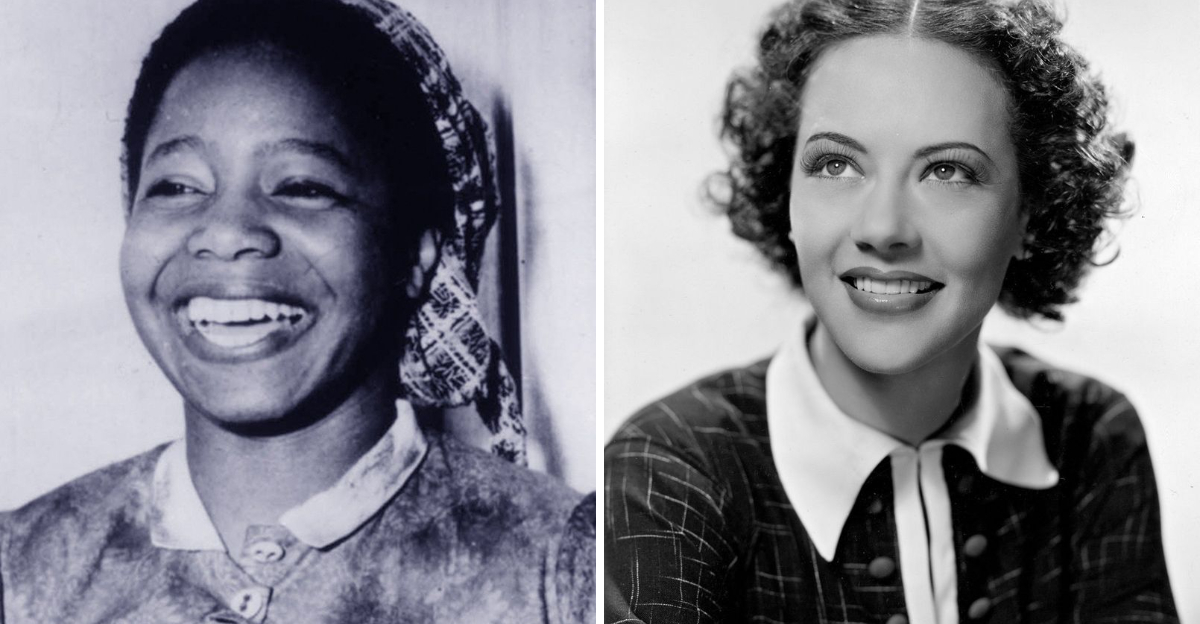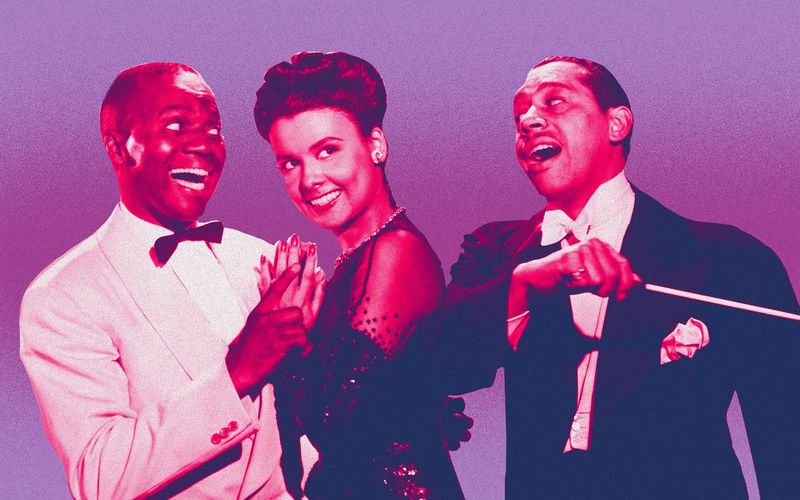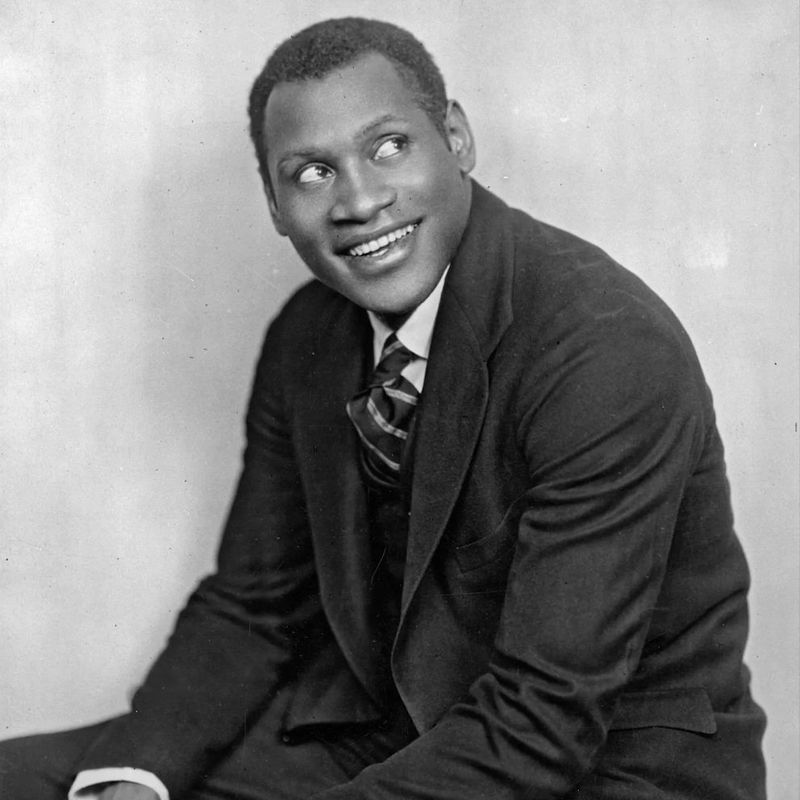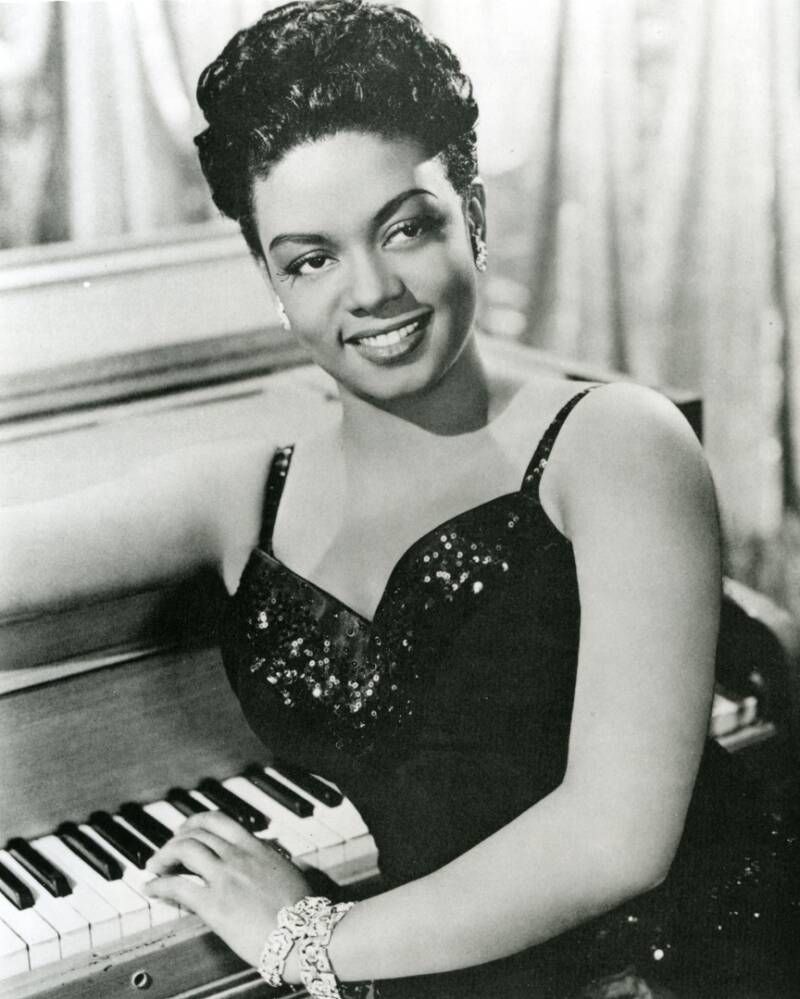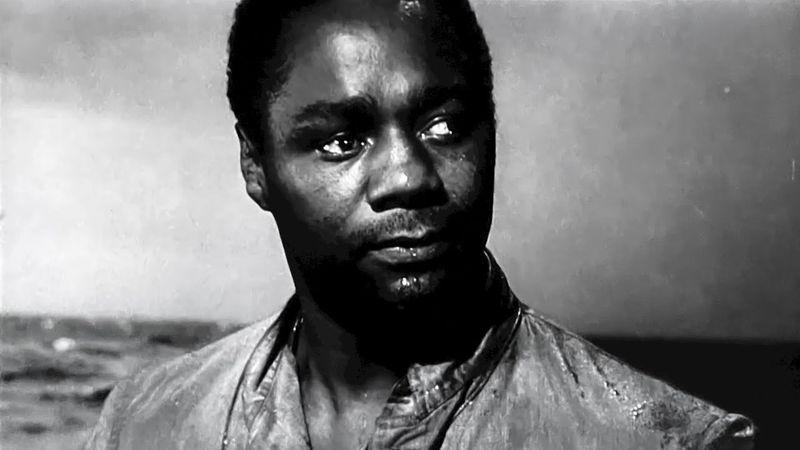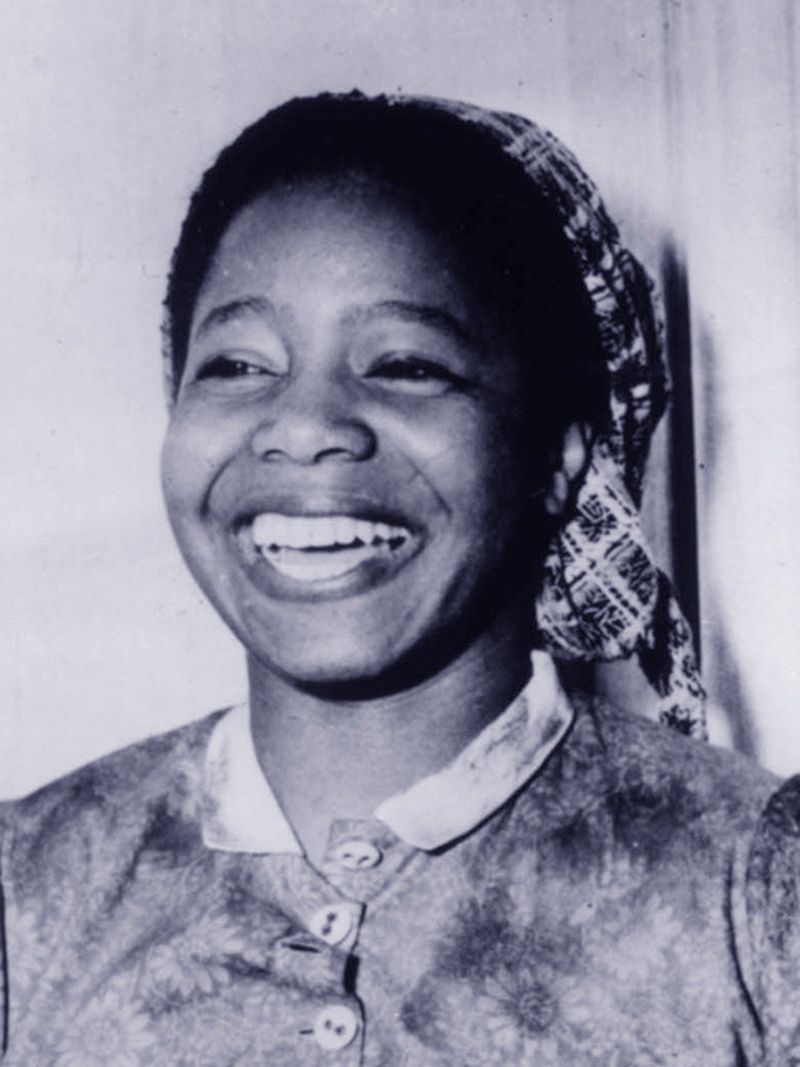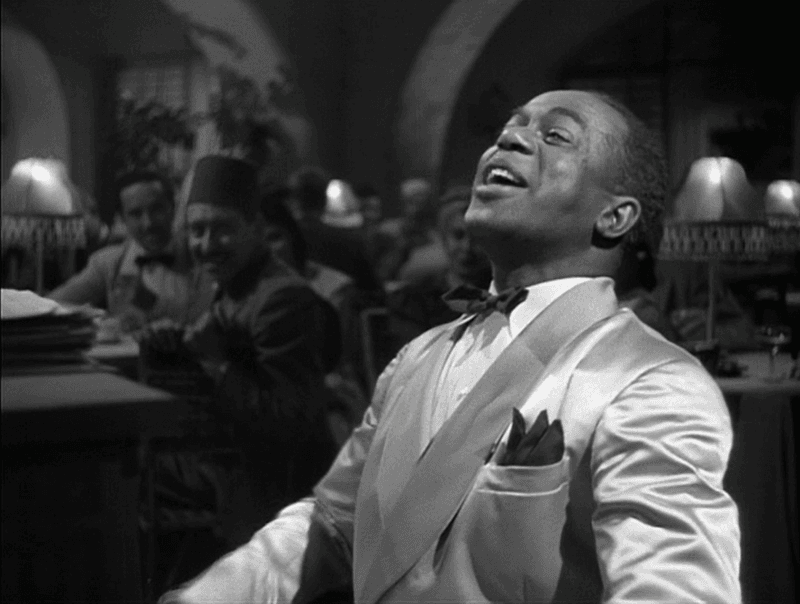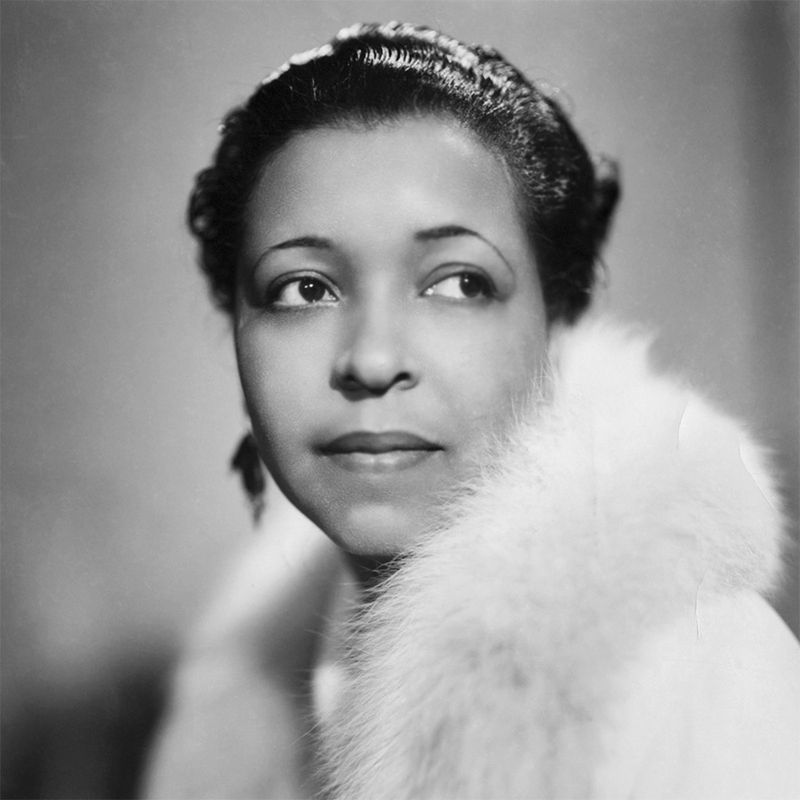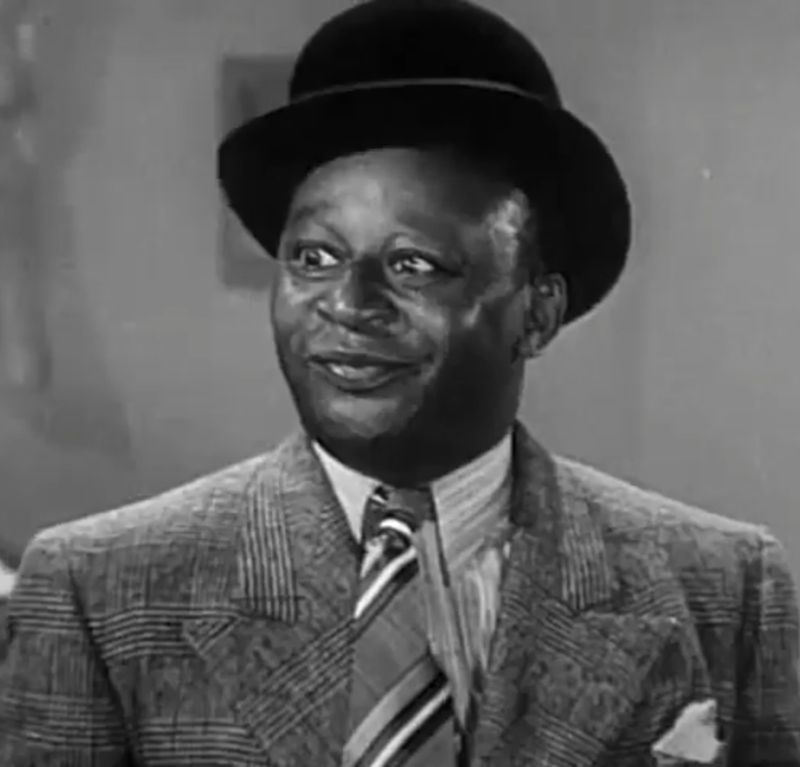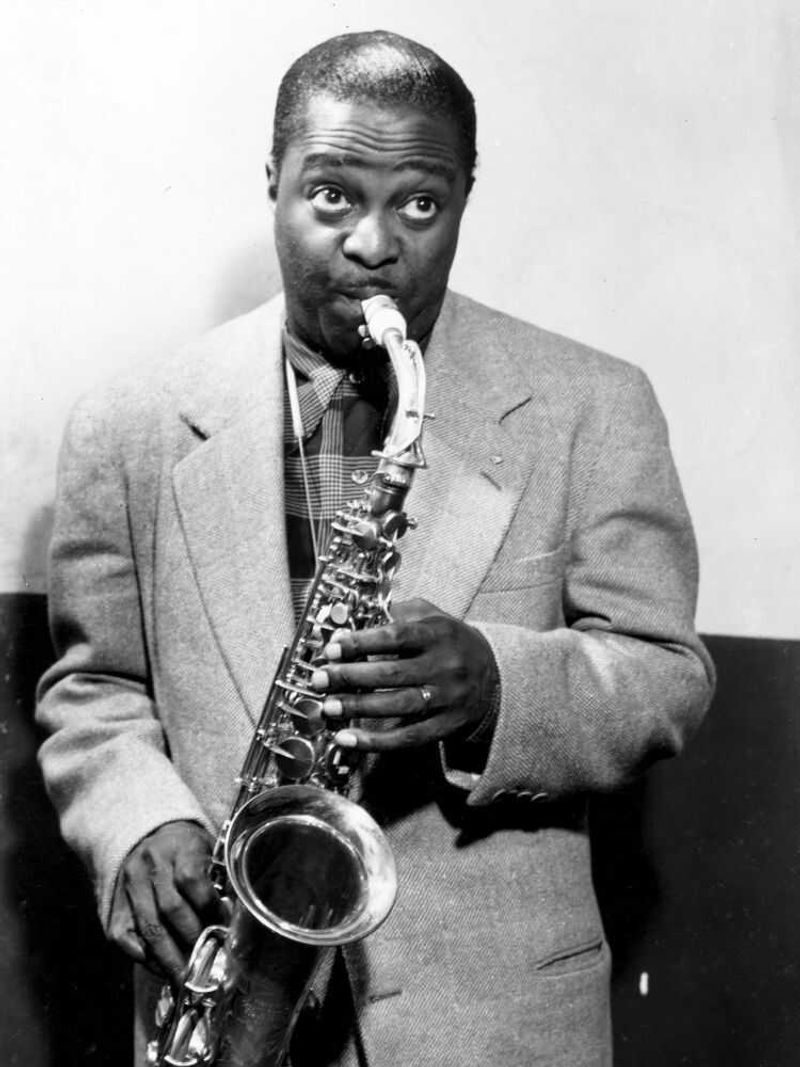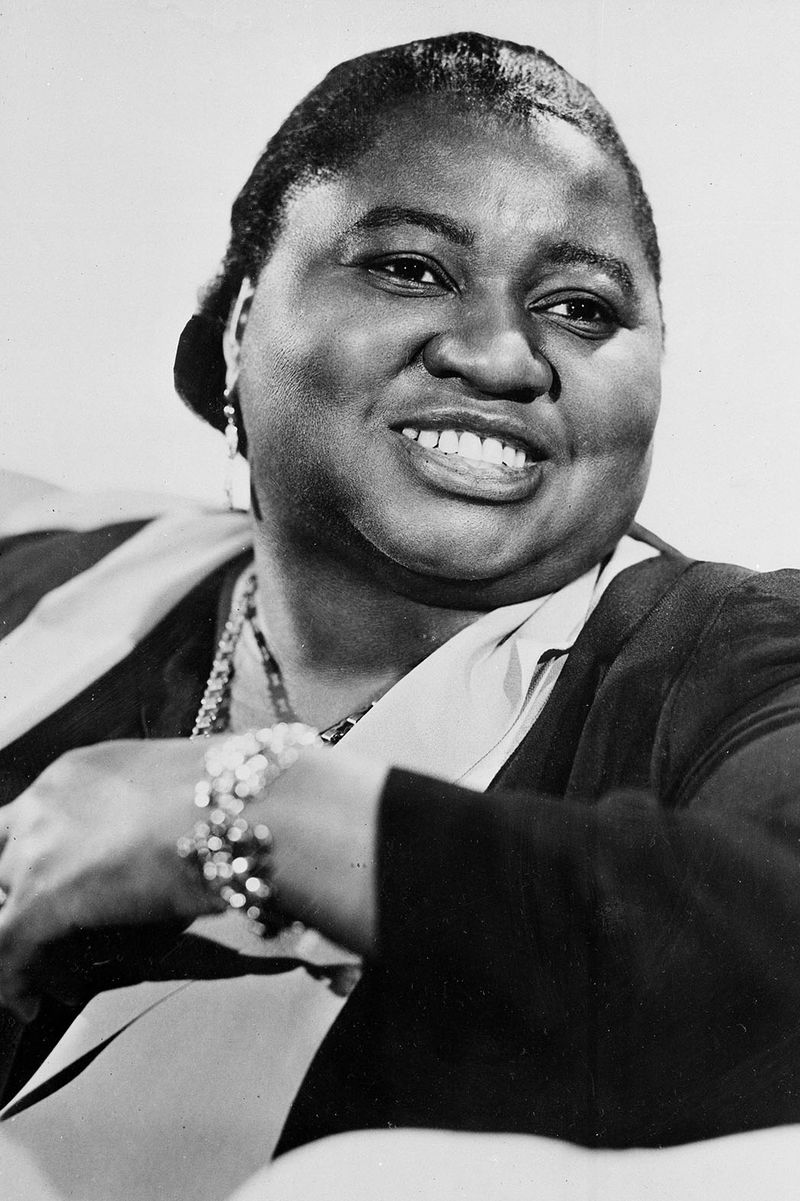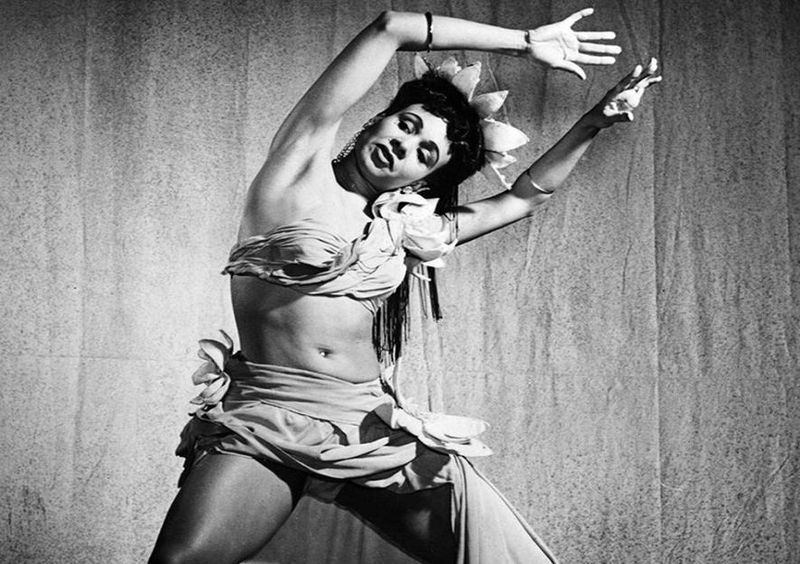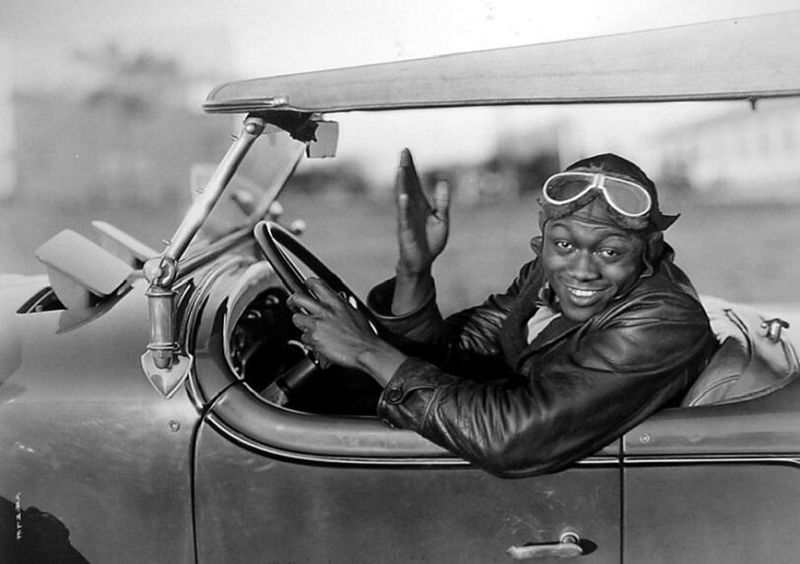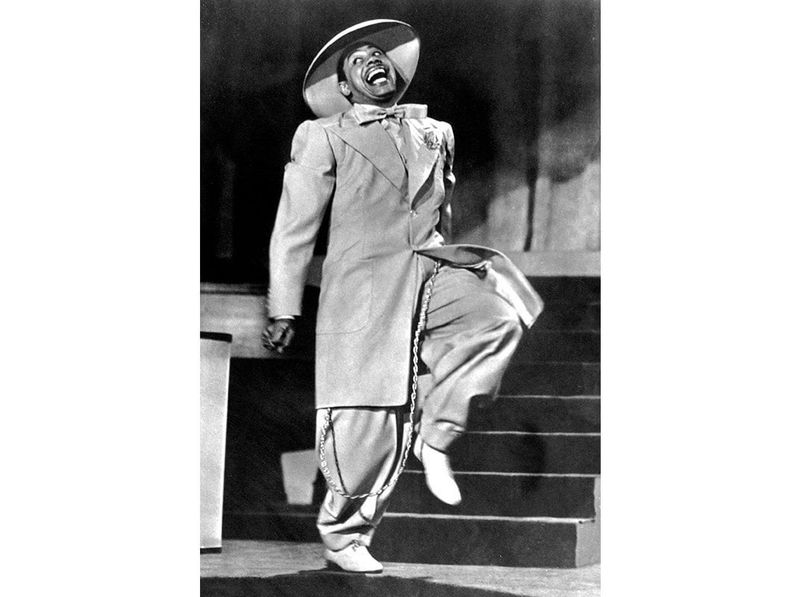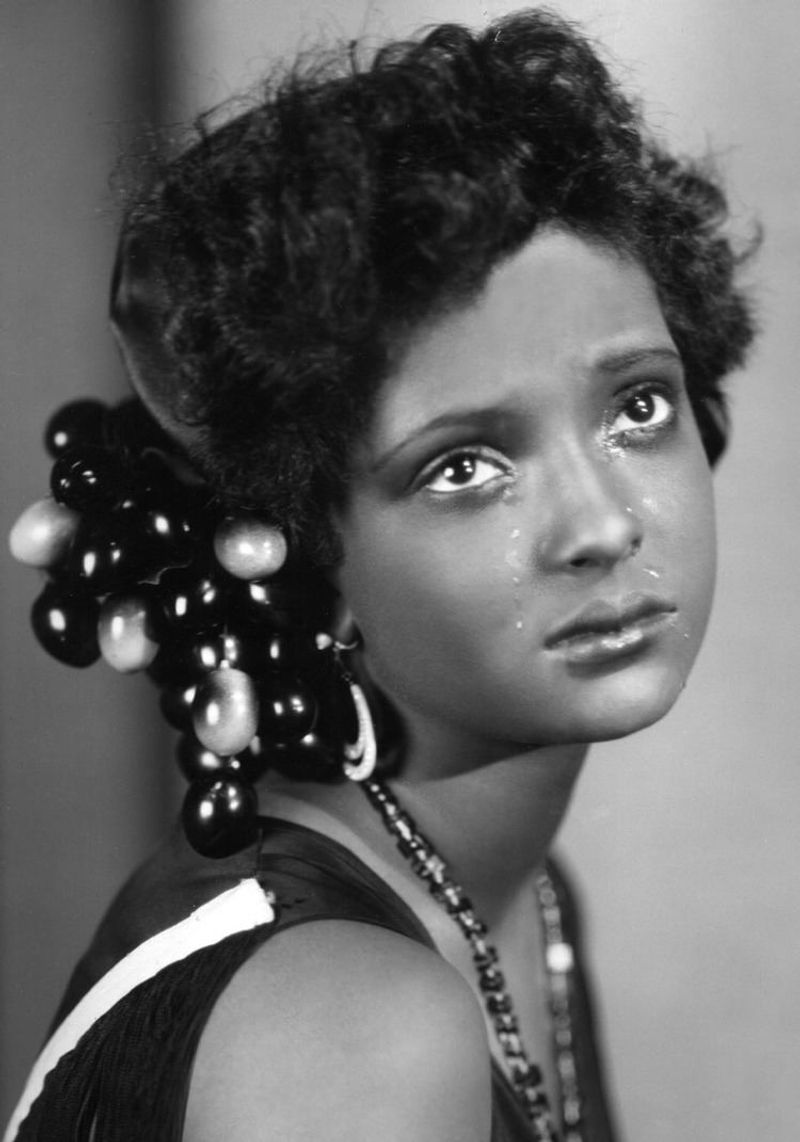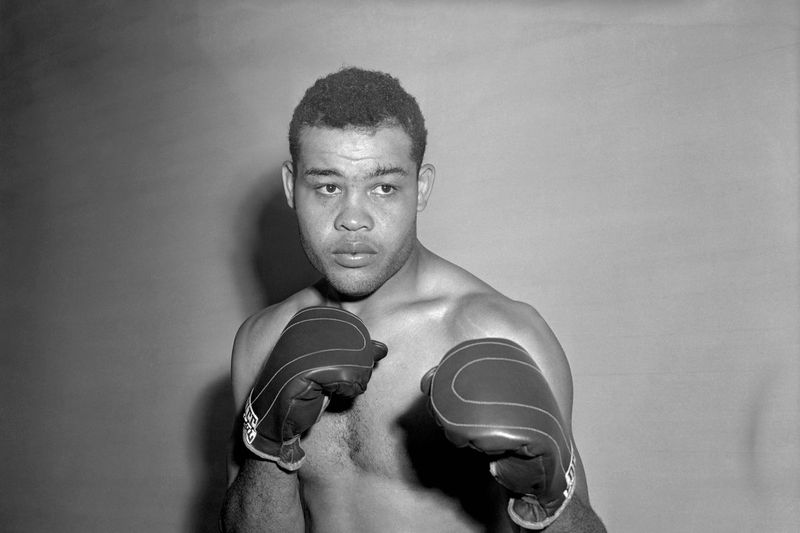The 1940s marked a challenging yet groundbreaking era for Black performers in America. While facing segregation and limited opportunities, these talented individuals created extraordinary art that shaped American culture. Their contributions often went unrecognized during their lifetimes, and many have faded from our collective memory. These remarkable stars broke barriers, inspired generations, and deserve to be celebrated for their artistic brilliance and courage in the face of systemic racism.
1. Lena Horne: Hollywood’s Elegant Trailblazer
Glamour personified, Lena Horne shattered glass ceilings as one of the first Black women to secure a long-term Hollywood contract. Her mesmerizing performance in 1943’s “Stormy Weather” captivated audiences nationwide.
Behind the spotlight, Horne fought tirelessly against discrimination, refusing roles that stereotyped Black women. The military even barred her from entertaining integrated audiences during USO tours, revealing the painful contradictions she navigated throughout her career.
2. Paul Robeson: Renaissance Man Silenced
Football star, Columbia Law graduate, concert bass-baritone, and powerful actor – Paul Robeson’s talents knew no bounds. His commanding presence in “Show Boat” and “The Emperor Jones” established him as a cultural force in 1940s America.
McCarthy-era persecution crushed Robeson’s remarkable career. The government revoked his passport for eight years due to his outspoken civil rights activism and socialist beliefs. This extraordinary artist paid a devastating price for standing against racism and injustice.
3. Hazel Scott: Piano Prodigy Who Refused to Compromise
Musical genius Hazel Scott dazzled audiences with her classical and jazz piano virtuosity. At just 25, she became the first Black American to host her own television show in 1950, following her successful film career.
Scott boldly refused to play stereotypical roles, demanding dignity in her performances. Her career suffered a devastating blow when she was blacklisted during the Red Scare after testifying before the House Un-American Activities Committee. This fearless artist deserves recognition for both her extraordinary talent and unwavering principles.
4. Canada Lee: From Boxing Ring to Broadway Star
Former boxing champion Canada Lee reinvented himself as a groundbreaking actor after an eye injury ended his athletic career. His riveting performance in Alfred Hitchcock’s “Lifeboat” (1944) demonstrated his exceptional dramatic range.
Lee courageously used his platform for activism, speaking against segregation in the military and housing discrimination. Hollywood’s blacklist destroyed his career after he supported civil rights causes. His premature death at 45 cut short what might have been one of America’s most distinguished acting legacies.
5. Butterfly McQueen: Talent Trapped by Hollywood Stereotypes
“I don’t know nothin’ ’bout birthin’ babies!” This famous line from “Gone with the Wind” both made Butterfly McQueen a star and typecast her for life. Her distinctive high-pitched voice and expressive acting brought depth even to the limiting maid roles she was offered.
McQueen longed to play dignified characters but found herself repeatedly cast as servants. She eventually abandoned Hollywood rather than perpetuate stereotypes. An atheist and civil rights supporter, McQueen’s complexity and principles extended far beyond her screen personas.
6. Fredi Washington: The Star Who Refused to Pass
With light skin and green eyes, Fredi Washington could have easily “passed” for white in segregated America. Instead, she proudly embraced her Black identity, even wearing dark makeup in films to prevent audience confusion.
Washington’s portrayal in “Imitation of Life” (1934) explored racial identity with remarkable nuance for its time. When Hollywood offered only stereotypical roles, she transitioned to journalism and activism. As co-founder of the Negro Actors Guild, she fought tirelessly for better opportunities for Black performers.
7. Dooley Wilson: The Man Behind “Play It Again, Sam”
Arthur “Dooley” Wilson created one of cinema’s most memorable characters as Sam in “Casablanca” (1942). His soulful rendition of “As Time Goes By” became eternally linked with Hollywood’s golden age.
Ironically, Wilson was actually a drummer, not a pianist – he mimed playing the keys in the film! Before his iconic role, he led his own band and performed throughout Europe. Despite his standout performance in one of history’s most beloved films, Hollywood never offered Wilson another role of comparable significance.
8. Ethel Waters: From Vaudeville to Oscar Nomination
“His Eye Is on the Sparrow” – this autobiography title captures the spiritual resilience that carried Ethel Waters from poverty to stardom. Born to a teenage rape victim, Waters transformed her painful beginnings into powerful performances that resonated with raw emotional truth.
Her 1949 Academy Award nomination for “Pinky” made her only the second Black actor ever nominated. Waters conquered every entertainment medium – Broadway, radio, television, records, and film. Yet this extraordinary artist who once commanded $1,000 weekly in vaudeville (equivalent to $15,000 today) remains underappreciated.
9. Mantan Moreland: Comedy Pioneer with a Complicated Legacy
Master of the “interrupted sentence” comedy routine, Mantan Moreland brought impeccable timing and physical comedy to Hollywood. As Birmingham Brown in the Charlie Chan films, he created moments of genuine humor despite the era’s restrictive roles.
Moreland walked a tightrope between opportunity and stereotype in a segregated industry. Behind his bug-eyed comic persona lay a sophisticated performer who had headlined at the Cotton Club. Modern viewers struggle with his legacy – recognizing both his undeniable talent and the problematic roles a racist system forced upon Black performers.
10. Louis Jordan: The Jukebox King Who Invented Rock ‘n’ Roll
Long before Elvis or Chuck Berry, Louis Jordan was cooking up the musical gumbo that would become rock ‘n’ roll. His infectious saxophone, clever lyrics, and jumping rhythms made him the first artist to hit all three Billboard charts: pop, country, and R&B.
Jordan’s five number-one hits in 1946 alone demonstrate his once-unmatched popularity. His musical films and animated personality made him a complete entertainment package. Without Jordan’s pioneering blend of jazz, blues, and boogie-woogie, the rock revolution might never have happened.
11. Hattie McDaniel: Oscar Winner Still Fighting for Dignity
“I’d rather play a maid than be one” – Hattie McDaniel’s famous quote reveals the complex reality she navigated as Hollywood’s highest-paid Black actress. Her 194 Oscar for “Gone with the Wind” represented both breakthrough and burden.
At the Academy Awards ceremony, McDaniel sat segregated from her white co-stars at a separate table. Throughout the 1940s, she continued playing maids while facing criticism from the NAACP for accepting stereotypical roles. This talented performer who began in vaudeville and mastered radio, film, and television deserves recognition beyond her single famous role.
12. Katherine Dunham: Anthropologist Who Revolutionized Dance
Blending academic rigor with artistic brilliance, Katherine Dunham transformed American dance forever. Her groundbreaking choreography incorporated Caribbean and African movements she documented as an anthropologist with a University of Chicago degree.
Dunham’s all-Black dance company toured internationally, bringing authentic Black cultural expression to global audiences. She appeared in classic films like “Stormy Weather” (1943) and created her own dance technique still taught today. Beyond performance, Dunham established schools, fought segregation, and created spaces for Black dancers when most classical companies excluded them.
13. Lincoln Perry: Million-Dollar Star with a Divided Legacy
America’s first Black millionaire actor built his career on a character many now find deeply troubling. As “Stepin Fetchit,” Lincoln Perry portrayed the shuffling, lazy stereotype that made white audiences laugh while reinforcing harmful perceptions.
Behind this problematic persona was a shrewd businessman who demanded unprecedented salaries and billing for Black performers. Perry owned multiple homes and 16 cars (including a pink Cadillac) during Hollywood’s golden age. His complex legacy raises difficult questions about survival, opportunity, and compromise in a racist industry.
14. Cab Calloway: Hi-De-Ho Hipster Who Defined Cool
White zoot suit, slicked-back hair, and that unforgettable “Hi-De-Ho” call – Cab Calloway embodied jazz age excitement. His elastic movements and scat singing in classics like “Minnie the Moocher” created a performance style as visually captivating as it was musically innovative.
Calloway’s Cotton Club appearances and film roles made him a crossover star when few Black performers achieved mainstream success. He even published a dictionary of jive talk! This bandleader who influenced everyone from Michael Jackson to Bruno Mars deserves recognition as one of America’s most significant cultural architects.
15. Noble Sissle: The Showman Who Integrated Broadway
Before “Hamilton,” there was “Shuffle Along” – and Noble Sissle was its visionary creator. This 1921 musical, which Sissle continued performing into the 1940s, featured the first all-Black cast on Broadway, shattering theatrical barriers and launching countless careers.
Sissle’s elegant appearance and refined music challenged stereotypes about Black performers. As a WWI veteran who served in the renowned 369th “Harlem Hellfighters” Infantry Regiment, he brought both patriotism and protest to his art. This bandleader, composer, and lyricist helped create the soundtrack of the Harlem Renaissance.
16. Nina Mae McKinney: Hollywood’s First Black Glamour Queen
Dubbed “The Black Garbo,” Nina Mae McKinney possessed a magnetic screen presence that should have made her a superstar. Her breakthrough in 1929’s “Hallelujah!” showcased both her dramatic range and dancing talent, leading to a five-year MGM contract.
Hollywood’s limited vision for Black actresses forced McKinney to Europe, where she found greater opportunities throughout the 1940s. She performed at London’s prestigious Nightingale Club and made films in Budapest and Athens. This international star who paved the way for later Black actresses deserves rediscovery by modern audiences.
17. Joe Louis: The Brown Bomber Who United America
More than just a boxing champion, Joe Louis became America’s first Black national hero during a deeply segregated era. His 1938 victory over German Max Schmeling carried powerful symbolism as the nation faced the rising Nazi threat.
Throughout the 1940s, Louis transcended sports to become a cultural icon. He appeared in Hollywood films, entertained troops during WWII, and broke golf’s color barrier. Despite donating exhibition match proceeds to military relief funds, the IRS hounded him for back taxes. This American hero who held the heavyweight title for 12 years deserves recognition beyond the boxing ring.
